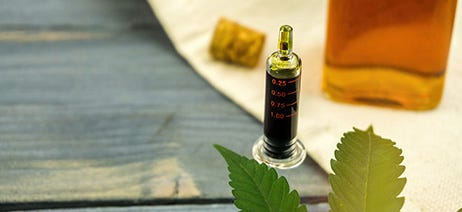
Rick Simpson Oil (RSO): What Is It & How Do You Use It?
High Points
- RSO is a super-potent cannabis oil named after medical marijuana activist Rick Simpson. Simpson himself claimed RSO cured his health conditions, and many patients continue to use RSO to help treat various ailments. While there are anecdotal success stories, scientific research hasn’t confirmed its effectiveness.
- Unlike distillate or CBD oil, RSO keeps a wide range of plant compounds, making it more of a full-spectrum extract. That said, it can degrade during processing, so it’s not quite the same as live resin or terp sauce.
- There are several ways to use RSO, like swallowing it in capsules, applying it to the skin, or adding it to food. Some even mix a little into joints or bowls for an extra punch. Just remember that RSO is extremely potent, and consumers should start with a very small dose and titrate up as needed.
Rick Simpson Oil (RSO) is a unique, potent, and versatile cannabis concentrate that has gained attention for its potential medical benefits. But is there any truth to these claims?
In this guide, you’ll learn more about:
- The Story Behind Rick Simpson Oil
- How RSO is Made
- The Potential Benefits of RSO
- RSO Dosing Guidelines
- RSO vs Other Cannabis Products
- Frequently Asked Questions
What is Rick Simpson Oil (RSO)?
Rick Simpson Oil, or RSO, is a concentrated form of cannabis oil named after its creator, Rick Simpson. This full-spectrum, or whole-plant, extract is renowned for its potential medicinal properties and high potency. This is because it contains nearly all of the cannabinoids from the cannabis plant, including THC and CBD, terpenes, and other compounds.1 This is also what sets it apart from other cannabis concentrates.
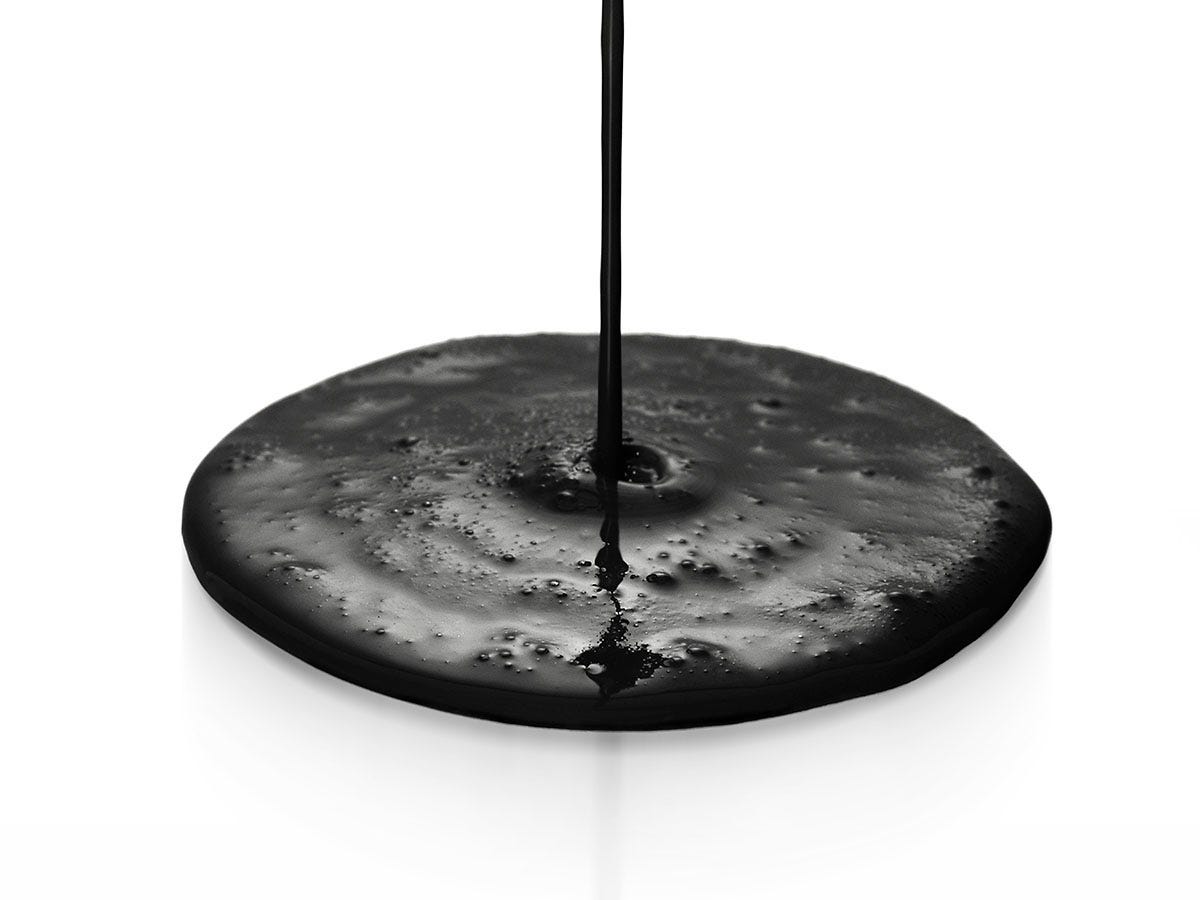
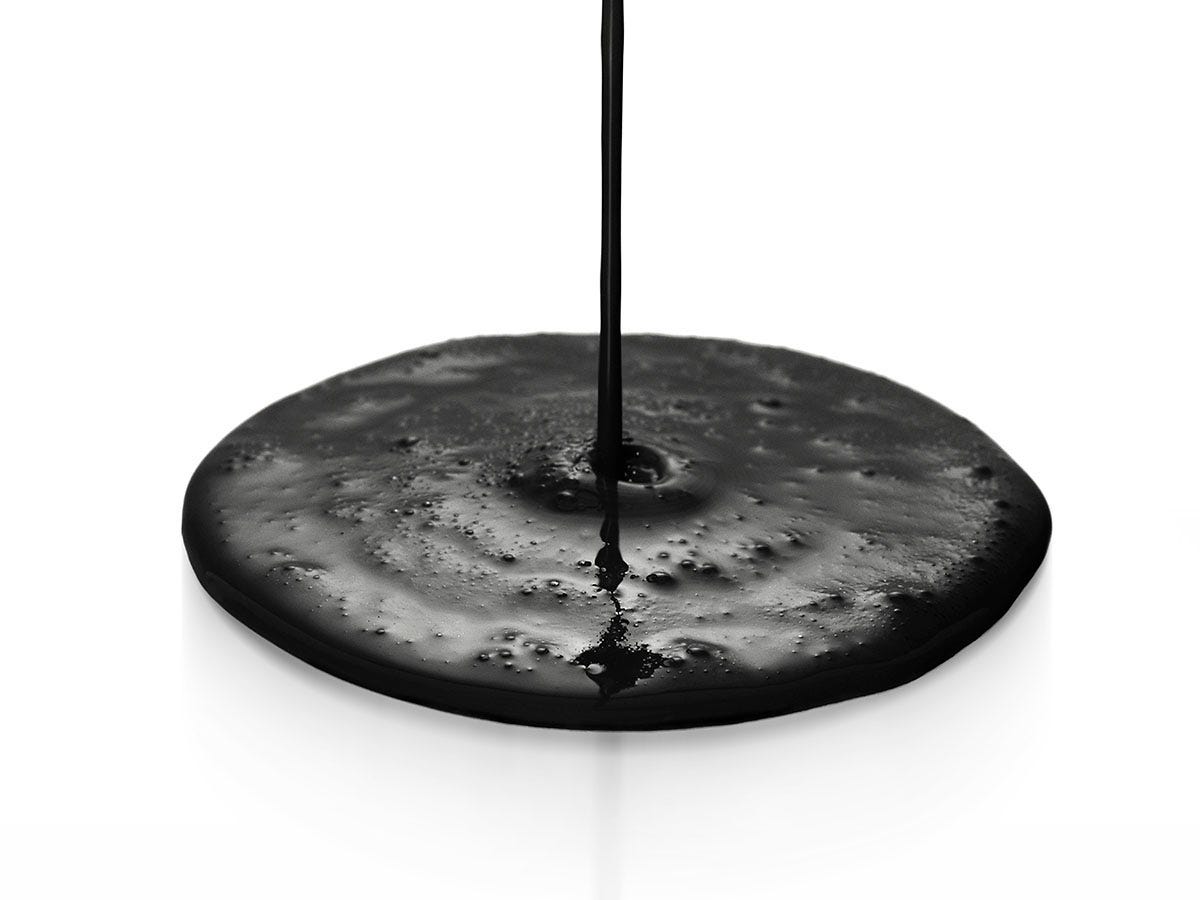
The Story Behind Rick Simpson Oil
After Rick Simpson, a Canadian engineer and medical marijuana activist, sustained a head injury in 1997, he found that cannabis was the only thing that worked to manage his residual dizzy spells and tinnitus. Then, when he was diagnosed with skin cancer in 2003, he discovered a 1975 study suggesting that cannabis may have inhibited tumor growth in mice.2 This prompted him to create Rick Simpson Oil, and he claims that topical application of the cannabis concentrate cured his cancer.
He began mass producing and giving away his oil to other patients, while advocating for its potential medicinal benefits. The Canadian police raided his at-home operation in 2009, and Simpson relocated to Croatia to escape prosecution.3 However, he still maintains a website with information on RSO.
How RSO is Made
RSO is typically made by soaking dried cannabis flower in a solvent like ethanol or isopropyl alcohol to extract plant compounds from the plant material. The mixture is then heated to evaporate the solvent, leaving behind a thick, dark oil rich in cannabinoids and terpenes.1,11 This process is known as a solvent-based extraction method, and many types of cannabis concentrates are made this way.
You shouldn’t attempt solvent-based extraction at home. RSO production is an extremely risky and volatile process—solvent fumes can easily catch fire from an open flame or a spark, leading to potential explosions.
Interested in trying RSO? It’s best to leave the production to the professionals and instead buy RSO from your local dispensary.
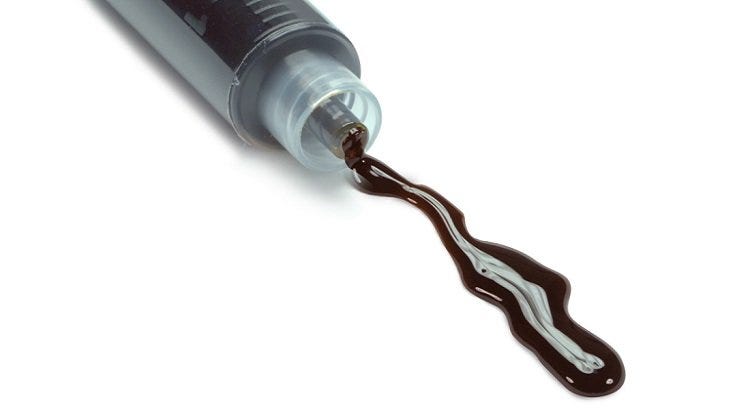
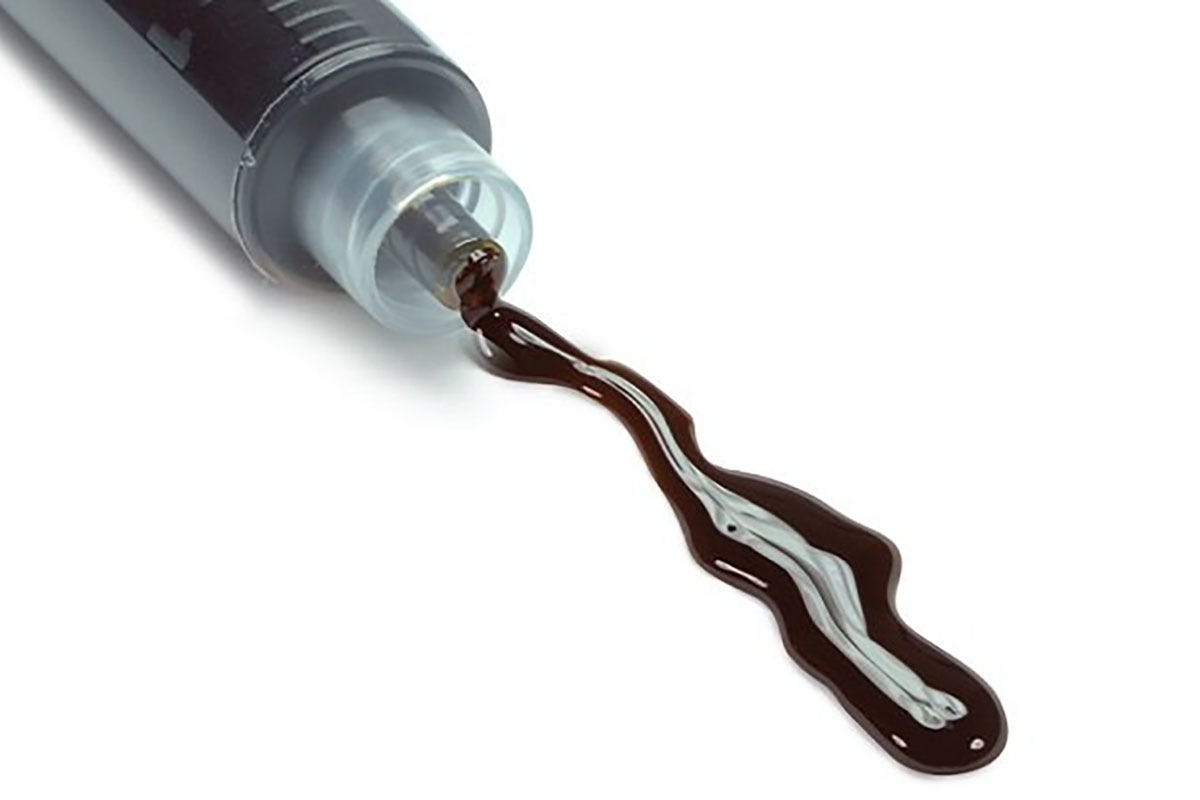
What Are The Potential Benefits of RSO?
The effectiveness of RSO is a topic of ongoing debate and research, but there are numerous anecdotal reports of RSO providing relief from ailments like:1
- Anxiety and depression
- Arthritis
- Asthma
- Cancer
- Chronic pain
- Epilepsy
- High blood pressure
- Insomnia
- Multiple sclerosis
However, scientific evidence remains limited.4 Studies indicate cannabinoids like THC and CBD may have therapeutic potential, but more rigorous clinical trials are needed to confirm the efficacy of the oil.5
Cancer Treatment
Research suggests that THC can help relieve symptoms related to cancer treatment, such as nausea and pain. However, there are no definitive human studies proving that cannabis directly treats or cures cancer.
That said, lab studies on animals have shown that THC may impact cancer cells by slowing their growth or even causing cell death. While this research is still in its early stages, it highlights the promising potential of THC in cancer treatment.6
Although this isn’t specific to Rick Simpson Oil (RSO), it’s worth noting that RSO is rich in cannabinoids, which some believe could contribute to these effects.
Control Chemotherapy Side Effects
RSO and other forms of cannabis are widely recognized for their ability to ease common chemotherapy side effects. Many cancer patients use cannabis to alleviate:
- Nausea and vomiting
- Appetite loss
- Chronic pain
- Sleep issues
By alleviating these symptoms, cannabis and RSO may be able to improve overall comfort and well-being during cancer treatment.7
Pain Management
One of the most well-known benefits of RSO—and cannabis in general—is its ability to relieve persistent pain. This is largely because of how THC interacts with the body’s endocannabinoid system (ECS), specifically CB1 receptors. THC is able to bind to CB1 receptors, which are found primarily in the brain and nervous system. By activating these receptors, THC may be able to reduce our sensitivity to pain and even change our perception of pain.8
How To Use RSO
Rick Simpson Oil (RSO) is famous for its high THC content, and it’s one of the strongest cannabis concentrates available. This potency means you’ll want to take extra care with dosing, which is why RSO is typically sold in pre-packaged 1-gram syringes. RSO retains a wide range of cannabinoids and terpenes, all of which work together to create the entourage effect—enhancing the therapeutic benefits of each individual compound. Ready to try the potential benefits of RSO? We’ve laid out a guide below.
Consumption Methods
There are many ways to consume RSO, all of which depend on your needs and personal preference:
- Orally: Place a few drops of RSO, straight from the syringe, under your tongue for sublingual absorption.
- Topically: Mix RSO with a carrier oil and apply it directly to the skin for localized relief. This is how Rick Simpson reportedly used it to treat his skin cancer growths.
- Capsules: For an easy, tasteless option, place drops of RSO into gel capsules and take them like a pill.
- Edibles: RSO can be added to food and drinks, but you’ll want to avoid cooking it— anything above 300°F can degrade the cannabinoids.3 Instead, mix it into sauces, beverages, or pre-made meals.
- Smoking: Enhance your experience by adding a small amount of RSO to flower in a bowl or pre-roll for extra potency.
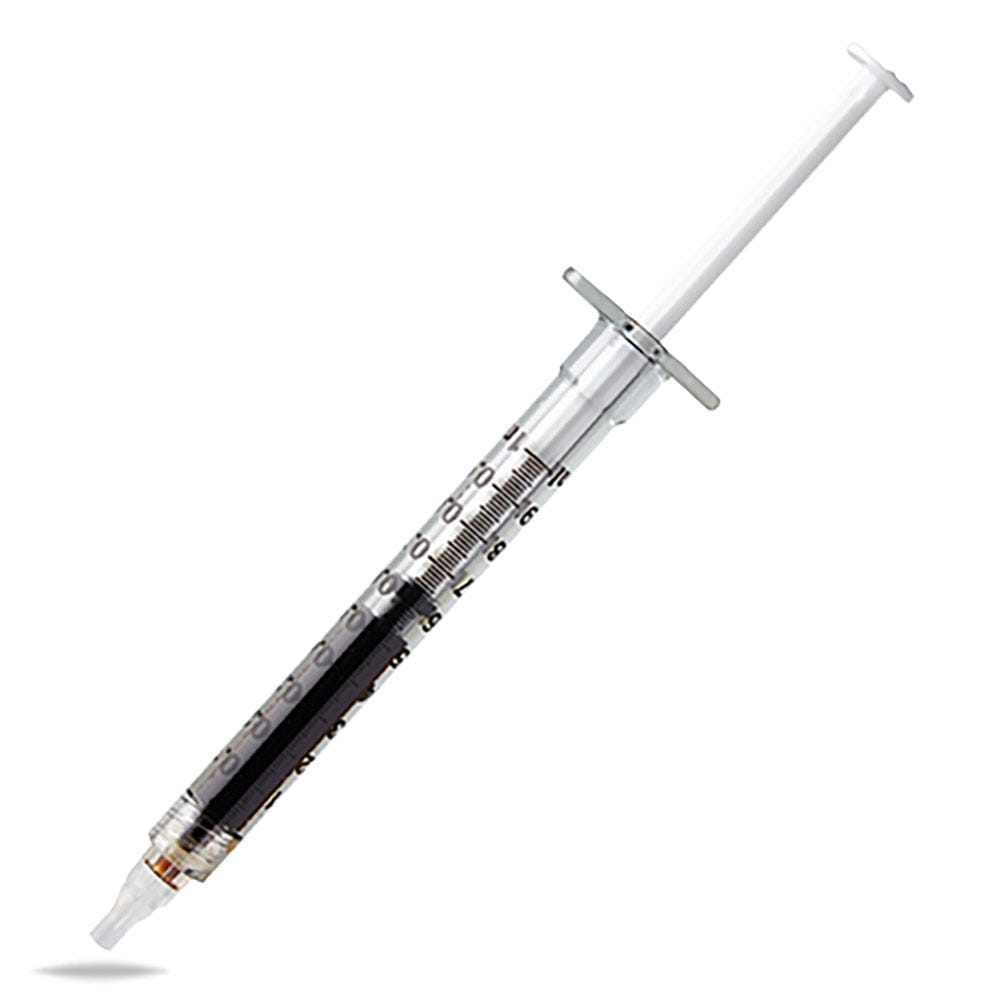
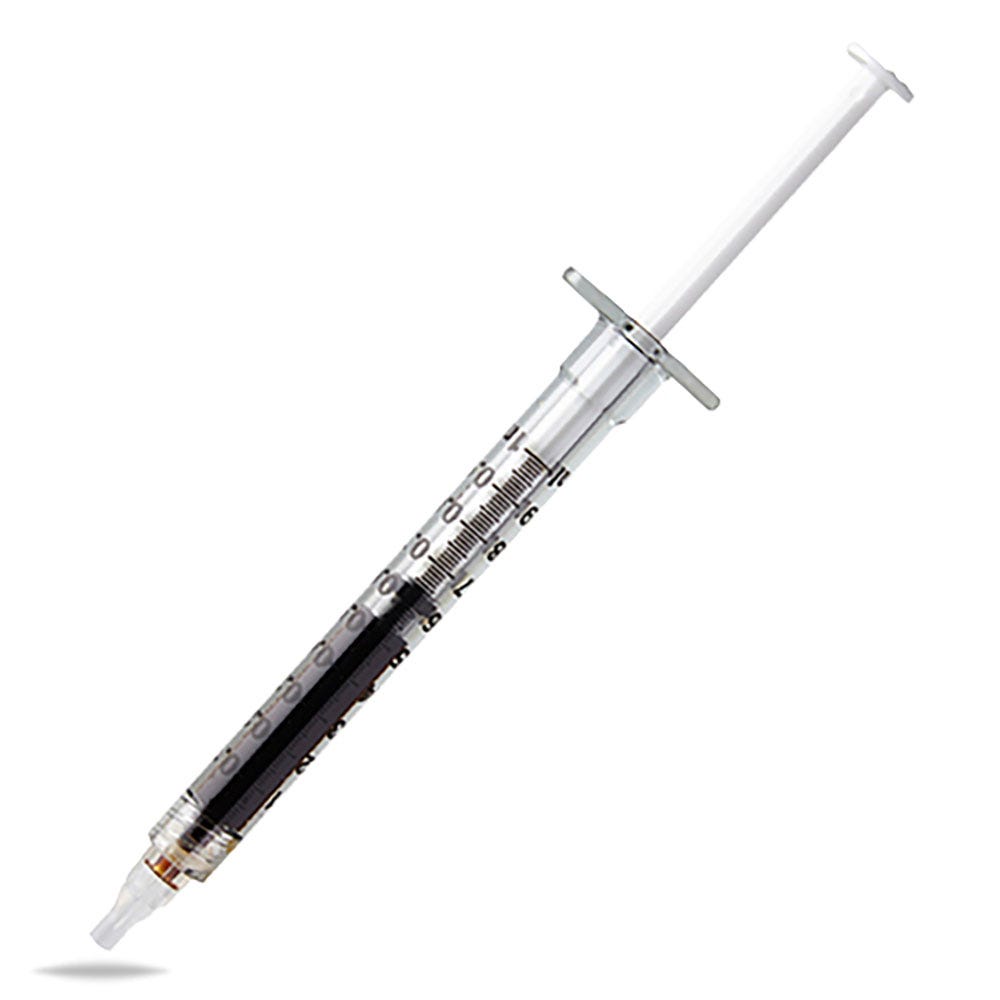
Dosing Guidelines
Rick Simpson suggests using 60 grams of RSO over 90 days to treat internal conditions. However, because RSO is highly potent, it's best to start low and increase gradually. Here’s a simple breakdown of the dosing schedule:3
- Weeks 1-3: Take a tiny dose—about half the size of a dry rice grain (¼ syringe drop) three times daily, once every eight hours (morning, afternoon, and one hour before bed). Stick to this dose for the first three weeks to allow your body to adjust.
- Weeks 4-6: After three weeks, double your dose every four days. Start with one full grain of rice (½ syringe drop) per dose. Increase to two grains (1 syringe drop) per dose. Then move up to four grains (2 syringe drops) per dose. By the end of this phase, you’ll be consuming 1 gram of RSO per day (8 syringe drops total, spread across three doses).
- Week 7 and Beyond: Continue taking 1 gram of RSO per day (split into three doses) until you’ve reached 60 grams total.
- Maintenance: After completing the 90-day protocol, you’ll only need 1-2 grams per month for maintenance. You can take this dose all at once or spread it out over time.
You can also chat with your budtender or licensed medical marijuana physician for more personalized advice.
RSO vs Other Cannabis Products
Here’s how Rick Simpson Oil compares to some of our other favorite cannabis products:
- RSO vs distillate: While both of these cannabis formulations contain high levels of THC, distillate differs from RSO because it only contains THC. RSO is closer to a full-spectrum extract, meaning it retains a broader range of cannabinoids, terpenes, and other plant compounds, in addition to THC. Distillate, on the other hand, is an isolated THC extract—it is colorless, odorless, and flavorless, containing little to no other cannabinoids or terpenes.9
- RSO vs CBD oil: RSO contains high THC levels, but it may also have some CBD depending on the strain that was used for extraction. CBD oil is primarily made from hemp or CBD-rich cannabis strains, containing little to no THC. While RSO is often used for its potent psychoactive and therapeutic effects, CBD oil is preferred for non-intoxicating relief from anxiety, inflammation, and pain.10
- RSO vs other full-spectrum extracts: Some cannabis enthusiasts debate whether RSO can truly be considered a full-spectrum because the heat used during extraction decarboxylates cannabinoids, converting THCA to THC and CBDA to CBD, and this could alter the full-spectrum profile.The process may also degrade or change certain terpenes, affecting the final product’s flavor, aroma, and potential entourage effects. Other full-spectrum extracts like live resin and terp sauce preserve more of the plant’s original compounds due to their low-temperature extraction methods. However, even these are not guaranteed to contain every natural cannabinoid and terpene in its original form.11
How to Store RSO
As with most marijuana products, you’ll need to store RSO in an airtight container somewhere cool, dark, and dry to maintain its potency.10


Frequently Asked Questions
Want to know more about what is Rick Simpson Oil? Here are the most frequently asked questions and answers:
What’s the difference between RSO oil and cannabis oil?
RSO is a specific type of cannabis oil that has a high THC level and retains a full spectrum of cannabinoids and terpenes. In contrast, cannabis oil may be more refined and contain isolated cannabinoids, such as CBD oil, which mainly contains CBD and little-to-no THC.
Does RSO contain THC?
Yes, RSO definitely contains THC. Because of its unique extraction process, RSO actually contains very high levels of THC.
Does RSO work?
Medical marijuana patients (like Rick Simpson) and cannabis enthusiasts anecdotally share reports of RSO’s effectiveness, but scientific evidence is limited. More research is needed to conclusively determine the oil’s efficacy.
How much RSO should I take?
This depends on your specific reason for taking RSO. Rick Simpson himself recommends an intake of 60 grams over 90 days. A trusted budtender or licensed medical marijuana physician can give you specific advice. No matter what, you’ll likely need to start low and slow to give your body time to adjust to the effects of RSO.
How much does RSO cost?
The price of RSO can vary, but it tends to hover around $35-70 for 1 gram.10
Can you dab RSO?
We don’t recommend it. RSO is incredibly potent, which could easily lead to overconsumption. Plus, it’s much stickier than other cannabis concentrates and could gunk up your dab rig.


Purchasing RSO
While scientific research on Rick Simpson Oil is still ongoing, many patients credit Rick Simpson Oil with improving their quality of life or even aiding in their recovery from various medical conditions.
If you're considering RSO for its potential medicinal benefits or want to explore different ways to use it, consult with a budtender for expert guidance.
Sources:
1. “What Is Rick Simpson Oil,” Leafwell, https://leafwell.com/blog/what-is-rick-simpson-oil-rso
2. “Antineoplastic activity of cannabinoids,” National Library of Medicine, September 1975, https://pubmed.ncbi.nlm.nih.gov/1159836/
3. “What is Rick Simpson Oil? Your complete guide to RSO,” Leafly, June 9, 2022, https://www.leafly.com/news/cannabis-101/what-is-rick-simpson-oil
4. “Can Rick Simpson Oil help treat cancer?” MedicalNewsToday, May 24, 2023, https://www.medicalnewstoday.com/articles/325612
5. “Comparison of the efficacy and survival analysis of neoadjuvant chemotherapy for Her-2-positive breast cancer,” National Library of Medicine, September 21, 2018, https://www.ncbi.nlm.nih.gov/pmc/articles/PMC6157574/
6. “Rick Simpson Oil (RSO) for Cancer: Does It Work?” WebMD, June 22, 2024, https://www.webmd.com/cancer/rick-simpson-oil-for-cancer-overview
7. “Cannabis and Cannabinoids (PDQ)–Health Professional Version,” National Cancer Institute, February 21, 2025, https://www.cancer.gov/about-cancer/treatment/cam/hp/cannabis-pdq
8. “Cannabis and Pain: A Clinical Review,” Cannabis and Cannabinoid Research, May 1, 2017, https://pmc.ncbi.nlm.nih.gov/articles/PMC5549367/
9. “RSO vs. Distillate: Understanding the Differences and Choosing the Right Cannabis Extract,” Root Sciences, https://www.rootsciences.com/blog/rso-vs-distillate/
10. “The Ultimate Guide to Rick Simpson Oil (RSO),” CannaMD, September 28, 2023, https://www.cannamd.com/the-ultimate-guide-to-rick-simpson-oil-rso/
11. “Full spectrum extracts,” Weedmaps, July 13, 2021, https://weedmaps.com/learn/dictionary/full-spectrum-extracts


